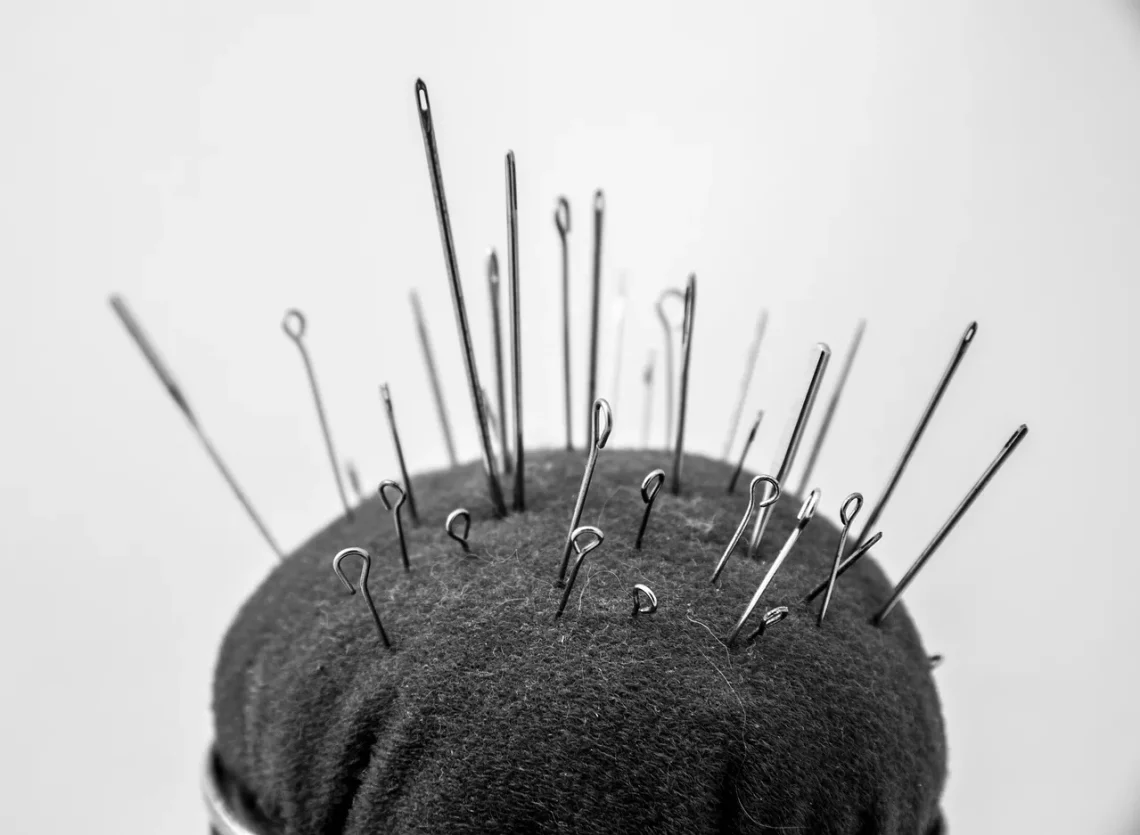
Understanding Lower Spine Pain After Deadlift: Causes and Solutions
Lower spine pain is a common issue among weightlifters, especially those who engage in deadlifting. This complex exercise, while highly effective for building strength and muscle, places significant strain on the body, particularly the lower back. For many, the allure of lifting heavy weights can overshadow the importance of proper form and technique, leading to injuries that may hinder training progress. Understanding the underlying causes of lower spine pain after deadlifting is essential for anyone looking to maintain a healthy lifting routine.
The lower spine, or lumbar region, is designed to support the upper body’s weight and facilitate movement. However, when subjected to excessive force or improper biomechanics, it can become vulnerable to strain and injury. This pain can manifest in various ways, from a dull ache to sharp sensations that can radiate down the legs. Recognizing the symptoms and understanding their origins is crucial for effective management and prevention.
Moreover, the psychological aspect of pain cannot be overlooked. For many athletes, injury can lead to frustration and anxiety, impacting their motivation and overall performance. Thus, addressing lower spine pain is not only about physical treatment but also about fostering a positive mindset towards recovery and fitness.
Common Causes of Lower Spine Pain After Deadlifting
Deadlifting places a significant load on the spine, and several factors can contribute to lower back pain after performing this exercise. One of the primary causes is improper lifting technique. The deadlift requires a specific posture, including a neutral spine, engaged core, and even weight distribution. When lifters round their backs or fail to maintain proper alignment, they place undue stress on the lumbar region, which can lead to pain and potential injury.
Muscle imbalances also play a crucial role. Strengthening certain muscle groups, such as the hamstrings and glutes, without adequately addressing the core can lead to instability in the lower back. When the core is weak, it cannot provide the necessary support to the spine during heavy lifts. This lack of support increases the risk of overextending or straining the back muscles.
Additionally, fatigue is a significant factor. As lifters push their limits, fatigue can compromise their form. Tired muscles are less capable of maintaining the necessary posture, leading to a higher likelihood of injury. It’s essential to listen to your body and recognize when it’s time to take a break or adjust your lifting routine.
Another contributing factor is insufficient warm-up and mobility work. Many lifters overlook the importance of preparing their bodies for heavy lifts. A proper warm-up increases blood flow to the muscles and enhances mobility, reducing the risk of injury. Dynamic stretching and mobility drills focused on the hips and lower back can significantly improve performance and safety during deadlifts.
Lastly, previous injuries or chronic conditions can also predispose individuals to lower spine pain. Those with a history of back problems may need to take extra precautions when engaging in heavy lifting. Consulting with a healthcare professional can help identify any underlying issues that may contribute to pain during or after deadlifting.
Preventing Lower Spine Pain Through Proper Technique
Preventing lower spine pain begins with mastering the proper deadlift technique. A strong foundation in form can significantly reduce the risk of injury. First and foremost, it’s essential to maintain a neutral spine throughout the lift. This means keeping the back straight and avoiding any rounding of the shoulders or lower back. A neutral spine allows for optimal force transfer and minimizes stress on the discs and muscles of the back.
Engaging the core is equally vital. The core acts as a stabilizer for the entire body during the lift. Lifters should focus on tightening their abdominal muscles and bracing their core as they initiate the lift. This engagement helps protect the spine and provides additional strength during the movement.
Foot placement is another critical aspect. The feet should be approximately shoulder-width apart, with the barbell positioned over the midfoot. This position helps maintain balance and ensures that the lifter can generate maximum force from the legs while keeping the back in a safe position.
It’s also beneficial to incorporate variation into your lifting routine. Alternating between conventional deadlifts, sumo deadlifts, and other forms can help strengthen different muscle groups and reduce the risk of overuse injuries. Additionally, integrating accessory exercises that target the core, hamstrings, and glutes can enhance overall stability and strength, providing better support for the lower back during heavy lifts.
Finally, always prioritize a proper warm-up before attempting heavy lifts. Dynamic stretches and mobility exercises tailored to the hips, lower back, and legs can prepare the body for the demands of deadlifting. Gradually increasing weights and incorporating rest days into your routine will also help prevent fatigue-related injuries.
Rehabilitation Strategies for Lower Spine Pain
If lower spine pain occurs despite taking precautions, it’s crucial to implement effective rehabilitation strategies. The first step is to assess the pain’s severity and determine whether it requires medical attention. In cases of severe or persistent pain, consulting with a healthcare professional is advisable.
For mild to moderate pain, the R.I.C.E. method can be beneficial. This approach includes Rest, Ice, Compression, and Elevation. Resting allows the body to recover, while ice can help reduce inflammation and numb the pain. Compression can provide support to the affected area, and elevating the legs can alleviate pressure on the lower back.
Once the acute pain subsides, gentle stretching and strengthening exercises can aid recovery. Focus on stretches that target the lower back, hamstrings, and hip flexors. Incorporating exercises that strengthen the core and lower body, such as planks and glute bridges, can also be beneficial. These exercises help create a solid foundation for the back and reduce the likelihood of future injuries.
Physical therapy is another effective option for rehabilitation. A physical therapist can provide personalized guidance, helping individuals develop a tailored recovery plan that addresses their specific needs. They may incorporate modalities such as ultrasound, electrical stimulation, or manual therapy to alleviate pain and promote healing.
Moreover, practicing good body mechanics in daily activities is essential. Being mindful of posture when sitting, standing, and lifting can prevent further strain on the lower back. It’s vital to avoid twisting motions with a loaded spine and to bend at the hips and knees when lifting objects.
Over time, it’s essential to gradually reintroduce deadlifting into your routine. Start with lighter weights and focus on maintaining proper form. Listen to your body and progress at a pace that feels comfortable, allowing sufficient time for recovery.
**Disclaimer:** This article is for informational purposes only and is not intended as medical advice. If you experience persistent pain or have health concerns, please consult with a healthcare professional.




